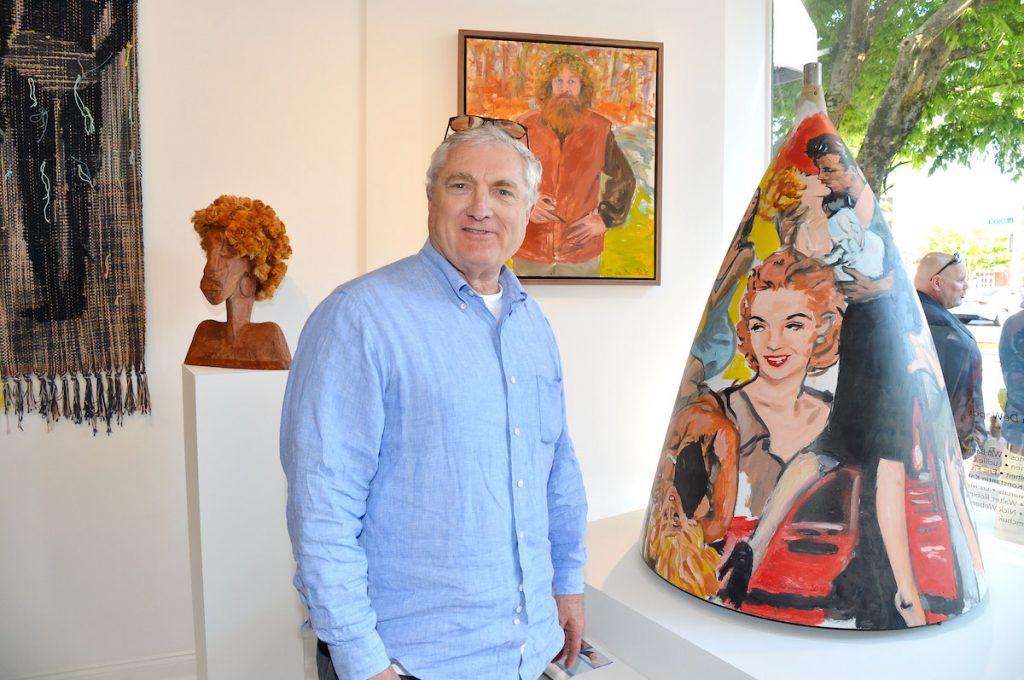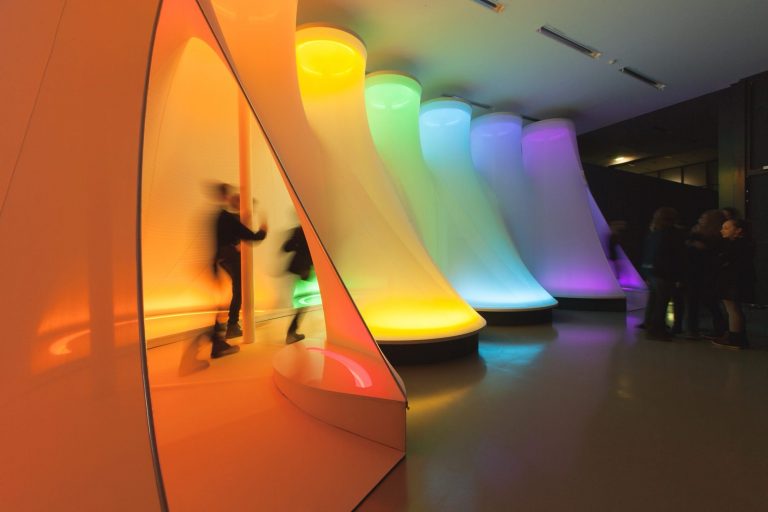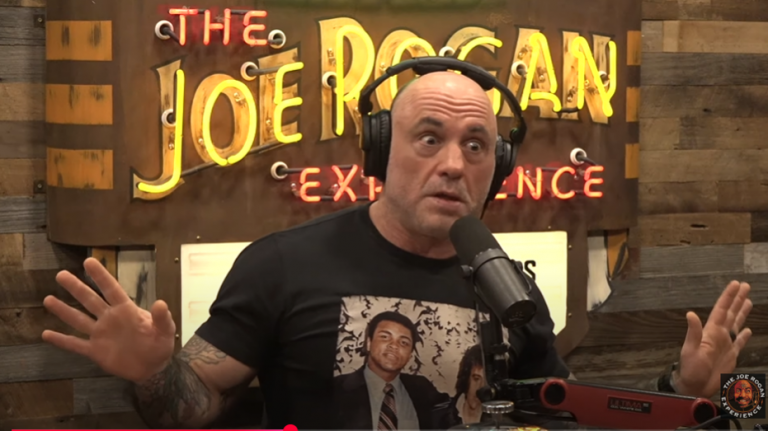
Walter Robinson, whose singular paintings and pithy writings made him a cornerstone of the New York art scene, has died at 74. His death was confirmed on Facebook by his brother John Robinson. On X, critic Deborah Solomon reported that Robinson died of cancer.
Robinson was a behemoth in New York—a person whose art was known to many, who befriended a multitude of famous artists, and whose writing was at one point read by just about anybody who mattered in the city’s art world. Even though he was not a household name, he quietly shaped the New York art community by chronicling its happenings with pith and élan.
With his paintings, he made an important, if under-known, contribution to the Pictures Generation movement of the 1970s and ’80s, which lured appropriated imagery into the field of art. With his writing, he engineered a new way of telling New York art history, one that included not just what was shown within gallery walls but also featured what happened around all that work, with musings on openings, parties, and the like.
He became the founding editor of the first incarnation of Artnet magazine in 1996. He painted burgers, TV dinners, and the covers of pulp fiction, including one for a 2016 issue of ARTnews about art crime. And he continued to be a man about town right up until the end.
Though shown by key galleries such as Metro Pictures during the ’80s, Robinson’s art has only begun receiving newfound attention in the past two decades, thanks in part to a retrospective curated by Barry Blinderman that appeared at Jeffrey Deitch’s New York gallery. On the occasion of that 2016 show, critic Peter Schjeldahl memorably called Robinson “a Manet of hot babes and a Morandi of McDonald’s French fries and Budweiser beer cans, magnetized by his subjects as he devotes his brush to generic painterly description.”
Despite all that recent praise, Robinson remained modest about his critical success. “For me, it’s always a challenge to make a painting look good,” he told the Guardian in 2016. “If you look at paintings in a museum, nine out of 10 look like the artist was just magic. But every once in a while you see an artist—Matisse is my favorite example—where it looks like they are having a lot of trouble. A lot of times in a Matisse you can see it’s been worked out. It looks awkward even though if looks fabulous. I feel more like that kind of an artist. If it turns out good the first time, it’s just luck. The rest of the time, I’m struggling.”
Walter Robinson was born in Wilmington, Delaware, in 1950. He was raised in Tulsa, Oklahoma, and came to New York in 1968 to study at Columbia University. Officially, his academic focuses were psychology and art history. Unofficially, his majors were “smoking pot and chasing girls,” as he once said in a 2012 Gallerist NY profile.

Brian O’Doherty, an artist who served as an editor at Art in America, took Robinson and two other Columbia students—one was Edit DeAk, herself a critic in the making—under his wing and began to commission them to write reviews. With DeAk and Joshua Cohn, Robinson moved into a Tribeca loft and enrolled at the Whitney Museum’s Independent Study Program.
Then, the trio founded Art-Rite, an art magazine that Robinson said was opposed to the “adult” sensibility of Artforum, then the leading publication for art criticism. Ed Ruscha, Pat Steir, and others made projects for Art-Rite, whose printing was in part made by possible by equipment used by Jewish Weekly, the publication where Robinson held a day job as what he described as the “office goy.” (Robinson was fired when a fellow worker discovered how Art-Rite was being laid out.) Robinson began to gain a certain reputation in the New York scene. “He fucked every girl in the art world in the ’70s,” critic Carlo McCormick told Gallerist NY.
Robinson started out making films, but quickly transitioned to painting, translating the noirish women and gun-toting men of pulp fiction to canvas. This was an unusual move at the time: many of his colleagues who were similarly borrowing imagery from the media for their work, but nearly all the rest were doing photography, a medium that was both more explicitly tied to their source material and less related to the market. But Robinson lent his work a different kind of conceptual underpinning via his process, which relied not on traditional training but the kind of learning available in amateur painting books.
In 1980, Robinson exhibited his art in “The Times Square Show,” a legendary group show held in a nail salon that crystallized a scrappy sensibility that was emergent in New York at the time. In 1982, Robinson had his first show with Metro Pictures, the New York gallery that brought fame to Cindy Sherman and Richard Prince. He then had several more New York solo shows with Metro Pictures and other galleries, painting subjects such as Vaseline bottles.
The paintings are brushy and pallid, seemingly hinting at a dissatisfaction with commodified products such as these. But they also display an admiration for distinctly American imagery and a deeply genuine obsession with it.

In 1986, he began painting TV dinners, rendering them in the same muted tones as his other material. Then he stopped showing his paintings for a while. “I didn’t think they were any good,” he told the Guardian. His paintings, which once found a steady succession of buyers, no longer sold so well.
By then, he had been dating Beatrice Smith several years earlier and had learned that she had AIDS; they married in 1988 before her death. Together, they adopted a daughter, Antonia, and Robinson painted them both. Robinson was married four times in total. At the time of his death, he was married to Lisa Rosen, whom he wed in 2000, more than 20 years after they initially dated in 1979 after meeting at the Mudd Club.
Starting in 1993, with Cathy Lebowitz and Paul H-O, Robinson began working on GalleryBeat, a public access TV show that offered a more cutting assessment of the art world than what could often be found in magazines. They recorded themselves in galleries, speaking, often crudely, about the art on view. In one episode, Robinson labels the Dia Art Foundation’s offerings as “bullshit” and “the worst things about contemporary art—elitist, snobby and stupid.”

In 1996, Robinson began at Artnet, where he started to write daily. The faster-paced means of penning criticism was more interesting to him: “I enjoyed doing a daily much more, because there was more energy,” he once told the Brooklyn Rail. He remained there until 2012.
Even after he left Artnet, however, Robinson continued writing incisive criticism, famously nailing down a tendency known as zombie formalism in 2014. For Artspace, he wrote of a market-driven obsession with abstraction wherein dealers and artists merely cashed in on preexisting aesthetic trends by reviving them, doing nothing new in the process. The essay fulminates against blue-chip tastes and ends on a bitter note: “Does any of this make your blood boil? Well, passion can be good thing in the art business. Just don’t let it keep you from joining the winning side.”
The past decade brought Robinson more fame in New York than he ever had before: his work got acquired by the Whitney, Vito Schnabel Gallery showed his art, and social media furthered his reach. (Robinson was user of many platforms; one of his final Facebook posts, from January, bitingly spoke of “Trump’s blithering MAGA brain.”) He began using AI in his paintings, and he generated fascination as a result.
Yet he maintained his humility, even as more people took notice. In his 2012 Gallerist NY profile, he called himself a “wilting flower.”





